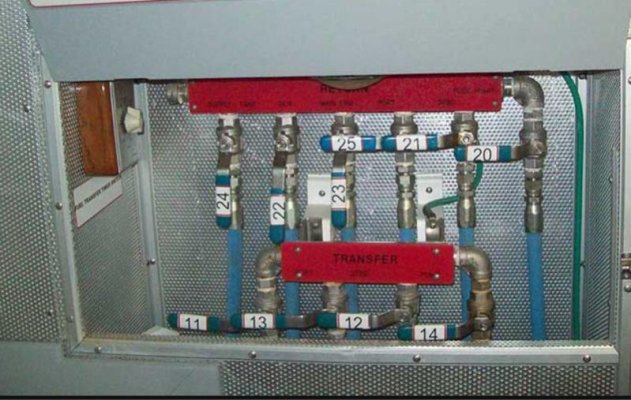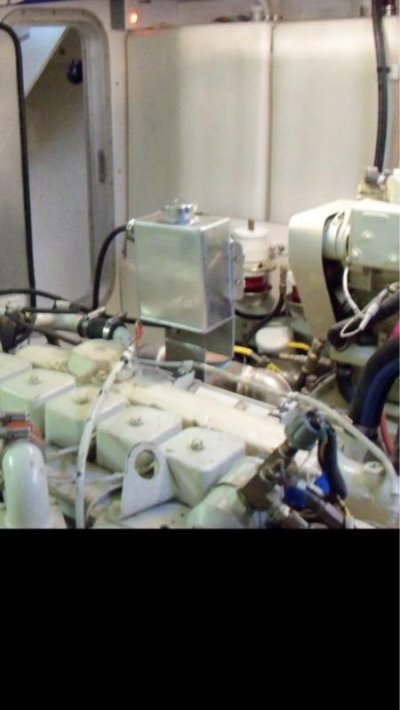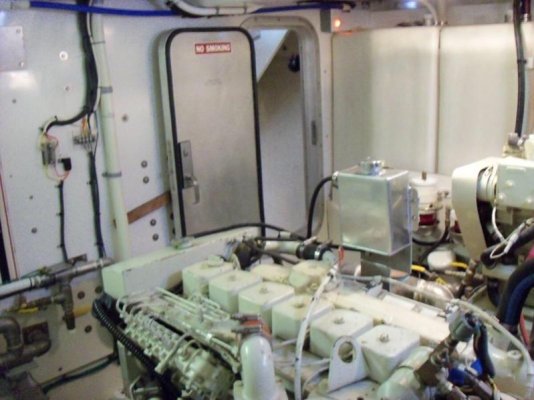cardude01
Guru
- Joined
- Nov 26, 2012
- Messages
- 5,290
- Location
- USA
- Vessel Name
- Bijou
- Vessel Make
- 2008 Island Packet PY/SP
What is the purpose of a day tank?
To ensure no air gets into the fuel system? Is the day tank mounted above the engine and so uses gravity feed?
To accurately calibrate fuel burn? Do the return lines go back to the day tank and not the main tank? How do you calibrate fuel usage with all this excess fuel being returned?
To maintain cleaner fuel? If there is a filter between the main tank and the engine how does a day tank make this better.
I'm so confused...
To ensure no air gets into the fuel system? Is the day tank mounted above the engine and so uses gravity feed?
To accurately calibrate fuel burn? Do the return lines go back to the day tank and not the main tank? How do you calibrate fuel usage with all this excess fuel being returned?
To maintain cleaner fuel? If there is a filter between the main tank and the engine how does a day tank make this better.
I'm so confused...



